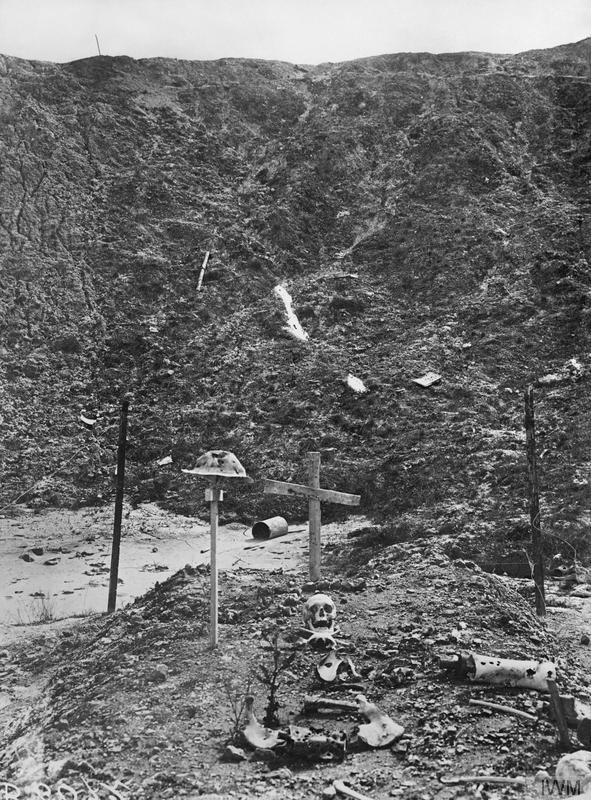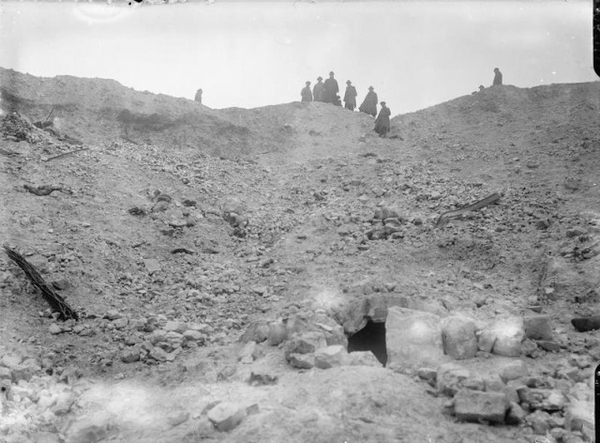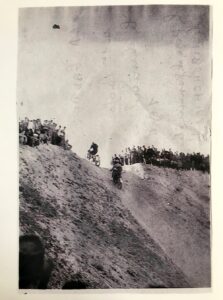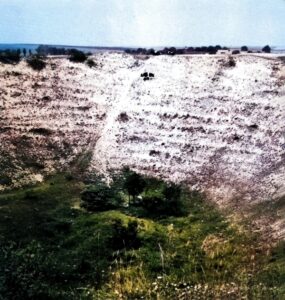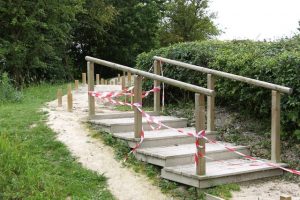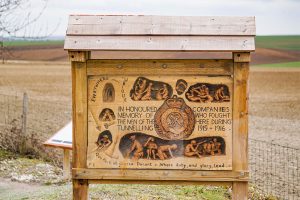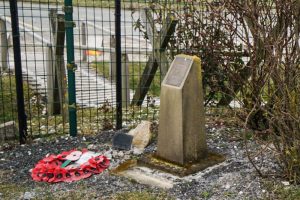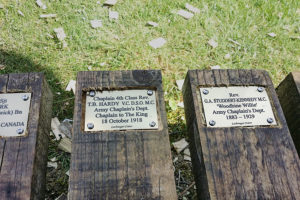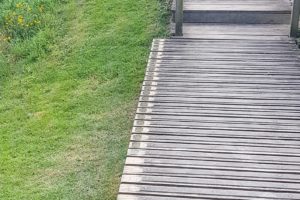Only in the mid 1970’s, did things start to change. The owner of the land wanted to fill in the Crater and return it to farmland.
Richard Dunning, having visited the Western Front and the Crater for the first time in 1970, became determined to purchase a small piece of land somewhere along the front line and preserve it for posterity.
Only after some time trying to find a suitable piece of land did it become apparent that the Crater might be that land. And in 1978, after long and delicate international dealings could the transfer of ownership take place, fittingly and significantly, on the first of July, exactly 62 years after it was created. A lifelong friendship with the original owner and his family started there.

But while acquiring a Crater is one thing, maintaining and preserving it is quite another.
Having bought the Crater Richard came to know other people who visited regularly and who found it so special that in slowly becoming friends it was formalized into ‘The Friends of Lochnagar’ on July 1st 1989.
Much hard work was done by this small band of valiant volunteers in trying to keep the ever-encroaching shrubs and trees from taking over the whole Crater. As numbers steadily grew, control of the undergrowth was only finally managed by cutting and strimming four or five times a year.
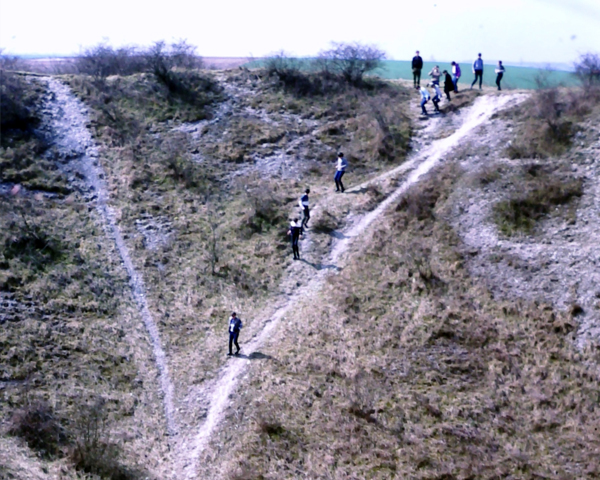
Until the early 2000’s, public entry down into the Crater was permitted
During the early 1980s, with visitor numbers still infrequent but steadily increasing, nature vigorously resisted and almost succeeded in reclaiming the site.
But with determined back-breaking work by devoted volunteers and supporters, who now gather each year for a weekend of essential maintenance, got the better of the mass of impenetrable hawthorn bushes, brambles and undergrowth.
Their efforts over the years have proved truly worthwhile. The thousands of visitors to the Crater each month can now access a unique panorama of more than 270 degrees over the July 1st 1916 front lines, the accepted accolade being the bloodiest square mile on the Western Front.
